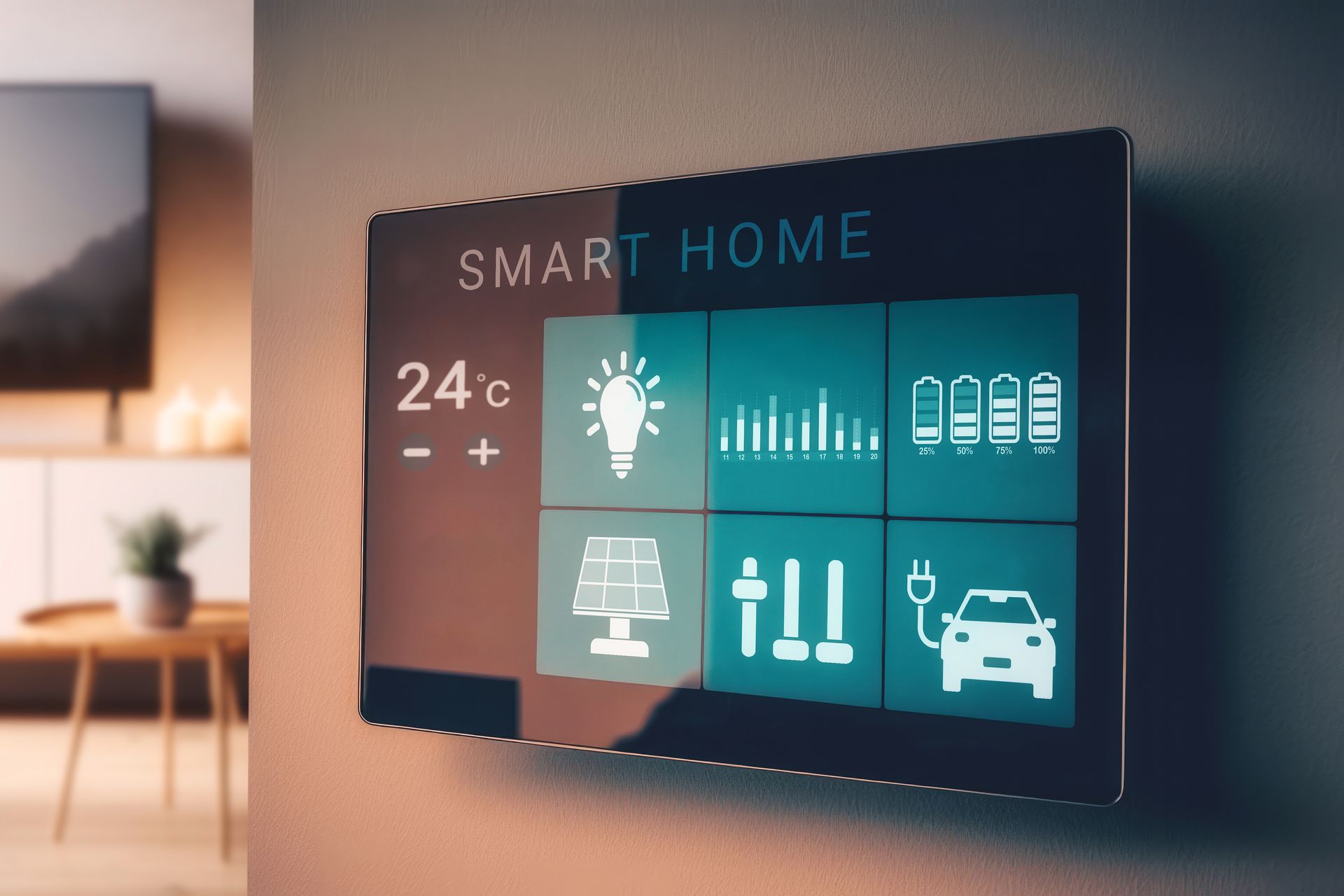Will Virtual Real Estate Tours Replace In-Person Viewings? A Deep Dive into the Future of Home Buying

The real estate industry is undergoing a digital transformation like never before. One of the most significant changes is the rise of virtual real estate tours, a technology that allows prospective buyers to walk through homes remotely, using their devices—from the comfort of their couch. But a question looms large: Will virtual tours ultimately replace traditional, in-person home viewings?
This article dives deep into that question, evaluating the pros, cons, and evolving trends in the home buying and selling experience. Whether you’re a first-time buyer, someone looking to sell my house, or the best realtor in Sacramento, understanding this shift is essential to staying ahead of the market curve.
What Are Virtual Real Estate Tours?
Virtual real estate tours use 3D scanning, 360-degree cameras, drone footage, and interactive software to simulate a walkthrough of a property online. Buyers can "enter" a home, look around, zoom in on features, and navigate from room to room—all without physically stepping inside.
There are typically three types of virtual tours:
1. 360-Degree Panoramic Tours
- Provide a static but comprehensive view of each room.
2. Video Tours (Live or Pre-recorded)
- Agents walk through the property, highlighting features.
3. 3D Virtual Walkthroughs (e.g., Matterport)
- Interactive models allowing buyers to move around at their pace.
The Rise of Virtual Tours: Why They Became Essential
The COVID-19 pandemic accelerated the use of virtual tours. Lockdowns, health risks, and travel restrictions forced real estate agents and buyers to pivot. In cities like Sacramento, where real estate moves fast, virtual tours helped keep the market alive.
According to the National Association of Realtors (NAR):
- Over 50% of home buyers said virtual tours were "very useful" during the buying process.
- Listings with virtual tours receive 87% more views than those without.
The Pros of Virtual Real Estate Tours
1. Convenience
Virtual tours save time. Buyers can view dozens of homes in one day without driving around town.
2. Accessibility
They are ideal for:
- Out-of-town buyers relocating to
Sacramento
- Busy professionals
- Elderly or disabled individuals who can’t attend in person
3. 24/7 Availability
A virtual tour is always online, so buyers can view it at any hour—unlike open houses with limited time slots.
4. Pre-qualifying Interest
Sellers benefit because virtual tours help weed out less-serious buyers. Only truly interested individuals will schedule a physical showing.
5. Marketing Boost
Homes with virtual tours stand out online. In a highly competitive market, especially in Sacramento, this is a strategic advantage.
The Cons of Virtual Real Estate Tours
1. Lack of Tangibility
A camera can’t replicate the feel of a space—its smells, textures, or even ambient sound. Virtual tours may gloss over flaws like creaky floors, worn carpets, or poor natural lighting.
2. Potential Misrepresentation
Wide-angle lenses and post-editing can make spaces look larger or more appealing than they really are.
3. Limited Inspection
You can’t test a faucet’s water pressure, inspect the attic, or gauge how quiet (or loud) the neighborhood is.
4. Tech Barriers
Older buyers or those without strong internet access may find virtual tours difficult to navigate.
Will Virtual Tours Replace In-Person Showings Completely?
Not likely—at least not in the near future. While virtual tours are becoming an essential part of the initial browsing and decision-making process, they are not a complete substitute for in-person visits, especially for final purchase decisions.
Here’s how it breaks down:
Stage of Buying Process Preferred Tour Type
Early Research Virtual Tour
Shortlisting Homes Virtual + Photos
Final Selection In-Person Viewing
Making an Offer In-Person (typically)
Hybrid models are emerging as the new norm. Buyers often do a virtual tour first, followed by an in-person visit if the home makes their shortlist.
How Realtors Can Adapt
For agents and sellers in Sacramento, adapting to virtual real estate technology is critical. Here's how:
1. Invest in Professional Virtual Tour Services
Poor-quality video hurts more than helps.
2. Use Live Virtual Tours to Engage
Host live-streamed open houses with Q&A sessions.
3. Highlight Hidden Details
Showcase the "less visible" aspects like storage space, utility access, and backyard orientation.
4. Train Buyers on Using the Tools
Help first-time buyers navigate the technology with walkthrough videos or tutorials.
5. Be Transparent
Clearly state that virtual tours are supplements—not substitutes—for physical inspections.
Advice for First-Time Buyers
If you’re a first-time buyer entering the market in 2025:
- Start with virtual tours to narrow down your options.
- Always do an in-person tour before making an offer.
- Bring a checklist to evaluate things the tour can't show: neighborhood noise, smells, lighting, etc.
- Ask your realtor to perform a live FaceTime walkthrough if you can't visit in person.
Selling a Home? Use Virtual Tours to Stand Out
If you’re planning to sell my house soon:
- Use a virtual tour to attract more attention and filter serious buyers.
- Combine it with floor plans, drone footage, and neighborhood insights.
- Work with the best realtor in Sacramento to ensure you’re leveraging every digital tool to maximize your property’s exposure.
Future Outlook: Augmented Reality (AR) & Metaverse Listings?
Technology is evolving rapidly. Within the next 5–10 years, Augmented Reality (AR) and Virtual Reality (VR) could allow full sensory experiences in listings—from “feeling” the room temperature to hearing nearby traffic. Buyers might walk through homes using VR goggles or explore digital twin properties in the metaverse.
While these futuristic tools will be powerful, buying a home remains an emotional and tactile experience. The final purchase will almost always include an in-person visit.
Final Verdict
Virtual real estate tours will not fully replace in-person showings, but they are here to stay—and they’re changing how homes are bought and sold. The key is to use them strategically and combine them with traditional methods.
If you're a
first-time buyer or looking to
sell my house in Sacramento, working with an experienced agent who understands both digital tools and the local market is your best move.








